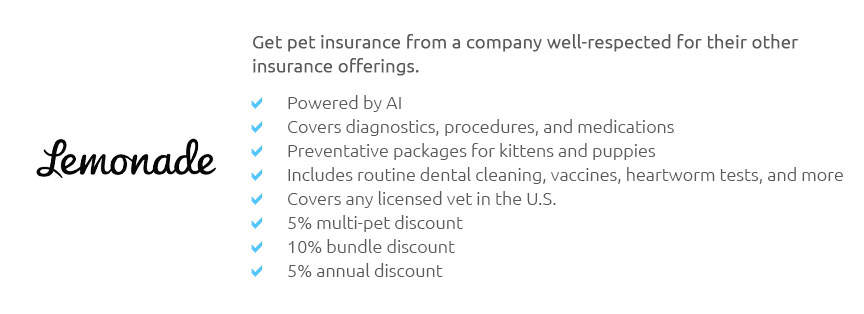How to Evaluate the Coverage Options in Your Pet Insurance Policy unveils the essential journey every pet owner must embark on to ensure their furry companions receive the best care possible. Understanding the nuances of pet insurance isn’t just about choosing a plan; it’s about securing your pet’s health and your peace of mind. With various coverage options that can greatly influence both your budget and your pet’s wellbeing, navigating this landscape becomes not only essential but also an empowering process.
In this exploration, we will delve into the fundamental aspects of pet insurance, breaking down the types of coverage available, the factors to consider when evaluating policies, and tips to avoid common pitfalls. By comprehensively assessing these elements, you’ll be well-equipped to make informed decisions that ensure your beloved pet receives optimal care without breaking the bank.
In a world where communication reigns supreme, mastering the art of persuasion is akin to wielding a superpower. Imagine walking into a room and instantly captivating your audience, your words flowing effortlessly, leaving your listeners not only intrigued but also compelled to action. This article explores the intricate nuances of persuasion, aiming to equip you with the tools necessary to influence others effectively.

Understanding Persuasion: How To Evaluate The Coverage Options In Your Pet Insurance Policy
At its core, persuasion is the act of convincing someone to believe or do something. It transcends mere argumentation; it’s an art form that blends psychology, empathy, and effective communication. Whether you’re a salesperson, a leader, or simply trying to change someone’s mind, understanding the mechanics of persuasion can significantly enhance your impact.
The Psychological Underpinnings of Persuasion
To wield the power of persuasion, one must first understand the psychological principles that drive human behavior. Here are a few key concepts:
- Reciprocity: Humans have an innate tendency to return favors. If you do something for someone, they’re more likely to do something for you in return. This principle can be leveraged effectively in various scenarios, from business negotiations to personal relationships.
- Commitment and Consistency: People are more likely to follow through on commitments they’ve made, especially if they’ve publicly declared them. Encourage small commitments that can lead to larger ones down the line.
- Social Proof: Individuals often look to others for guidance, especially in uncertain situations. Highlighting testimonials, case studies, or social validation can significantly enhance your persuasive efforts.
- Authority: We tend to listen to those we perceive as experts. Establishing your authority on a topic can enhance your credibility and make your arguments more compelling.
- Scarcity: The fear of missing out (FOMO) can be a powerful motivator. When something is perceived as scarce or time-limited, its value increases in the eyes of potential adopters.
Crafting Your Message
Once you grasp the psychological principles, it’s crucial to craft a message that resonates with your audience. Here are some strategies:
- Know Your Audience: Tailoring your message to your audience’s values, beliefs, and interests is paramount. Conduct research, ask questions, and listen actively to understand their perspectives.
- Tell a Compelling Story: Humans are wired for stories. Crafting a narrative that encapsulates your message not only captivates attention but also makes your points more relatable and memorable.
- Use Clear and Concise Language: Clarity is key. Avoid jargon and overly complex language that may alienate your audience. Instead, aim for simplicity and directness in your communication.
- Appeal to Emotions: While logic is important, emotions drive decision-making. Use emotional appeals to create a connection with your audience, making them feel invested in your message.
- Include a Clear Call to Action: Every persuasive message should conclude with a clear call to action. What do you want your audience to do next? Make it easy for them to take that step.
Building Trust and Rapport
Trust is the glue that holds persuasive communication together. Without trust, your words may fall on deaf ears. Here’s how to build rapport:
- Be Authentic: Authenticity breeds trust. Be genuine in your interactions, and let your true self shine through. People can sense insincerity, and it can undermine your persuasive efforts.
- Show Empathy: Understanding and acknowledging the feelings and perspectives of others fosters connections. Demonstrating empathy not only establishes rapport but also opens the door for more meaningful conversations.
- Be Respectful: Respect different viewpoints, even if you disagree. Engaging respectfully with those who hold opposing views can pave the way for constructive dialogue.
Practice Active Listening
Active listening is a cornerstone of effective communication and persuasion. It involves fully concentrating, understanding, and responding thoughtfully to what others are saying. By showing that you value their input, you create a more receptive environment for your message. Here are some tips for active listening:
- Maintain eye contact and nod to show engagement.
- Paraphrase what the other person has said to confirm understanding.
- Avoid interrupting; wait for them to finish speaking before responding.
Overcoming Objections
In the realm of persuasion, objections are inevitable. Rather than viewing them as barriers, embrace objections as opportunities for dialogue. Here’s how to effectively address objections:
- Acknowledge Their Concerns: Validate the other person’s feelings and concerns. This demonstrates respect and understanding, which can defuse tension.
- Provide Evidence: Use facts, statistics, and testimonials to counter objections. Concrete evidence can be persuasive and help sway opinions.
- Reframe the Conversation: Shift the focus from objections to potential solutions. Highlight the benefits of your proposal and how it addresses their concerns.
Conclusion: The Continuous Journey of Mastering Persuasion
Mastering the art of persuasion is not a one-time event; it’s a continuous journey. It requires practice, reflection, and adaptability. By understanding the psychological principles, crafting compelling messages, building trust, and honing your listening skills, you can become a more effective persuader. Whether you’re seeking to inspire change, sell a product, or foster collaboration, the power of persuasion lies within your grasp.
Embrace it, and watch as you transform your interactions and influence the world around you.



